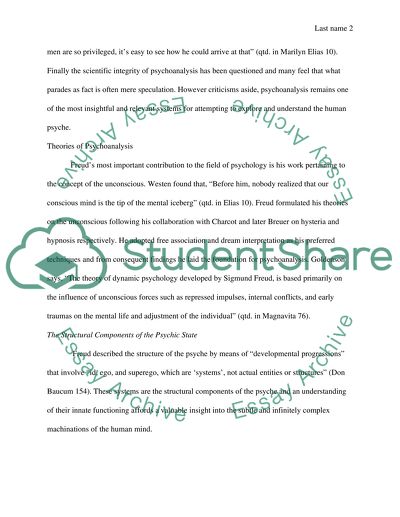Cite this document
(“The method of Psychoanalysis Essay Example | Topics and Well Written Essays - 2500 words”, n.d.)
Retrieved from https://studentshare.org/miscellaneous/1515933-the-method-of-psychoanalysis
Retrieved from https://studentshare.org/miscellaneous/1515933-the-method-of-psychoanalysis
(The Method of Psychoanalysis Essay Example | Topics and Well Written Essays - 2500 Words)
https://studentshare.org/miscellaneous/1515933-the-method-of-psychoanalysis.
https://studentshare.org/miscellaneous/1515933-the-method-of-psychoanalysis.
“The Method of Psychoanalysis Essay Example | Topics and Well Written Essays - 2500 Words”, n.d. https://studentshare.org/miscellaneous/1515933-the-method-of-psychoanalysis.


